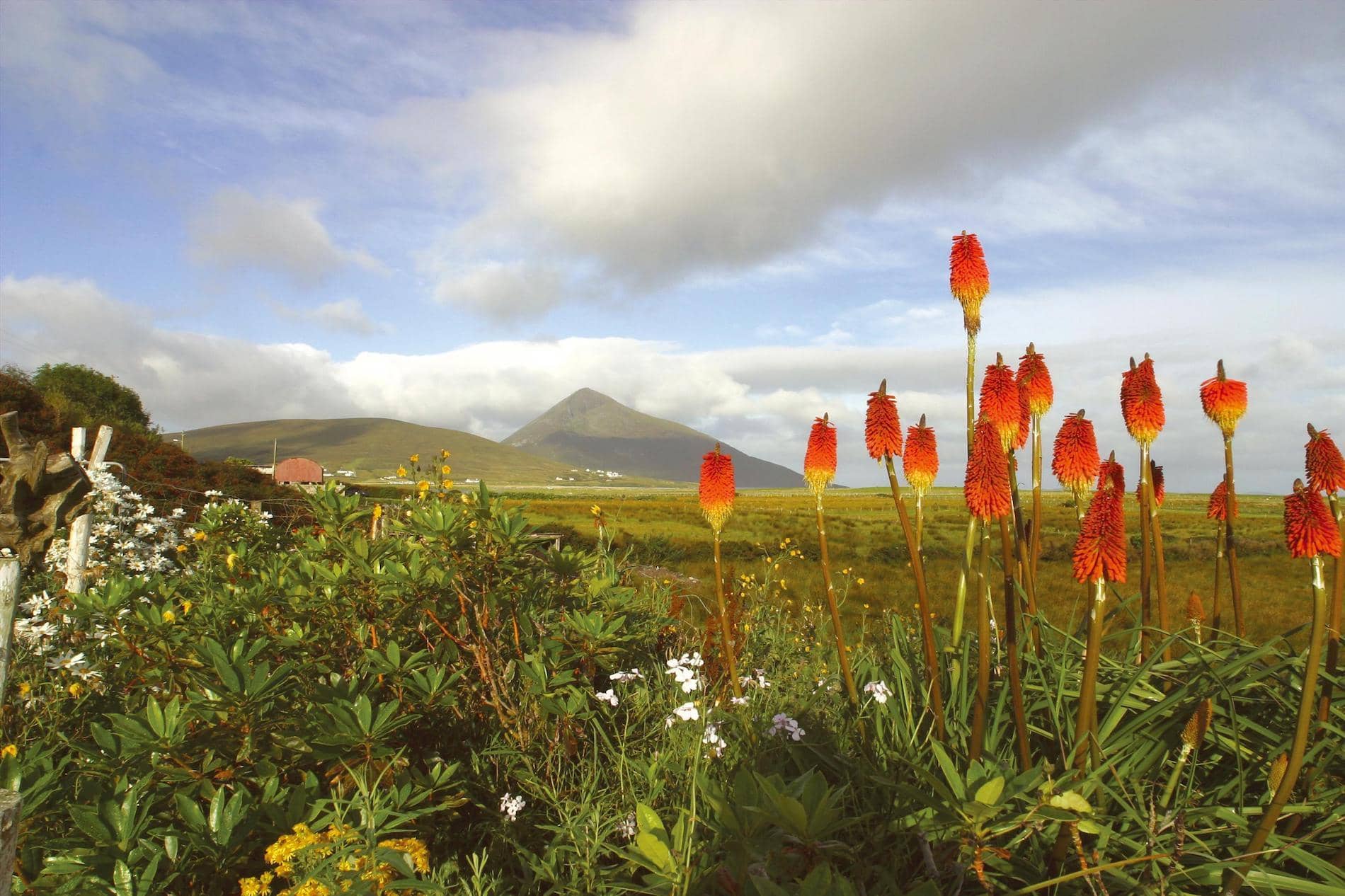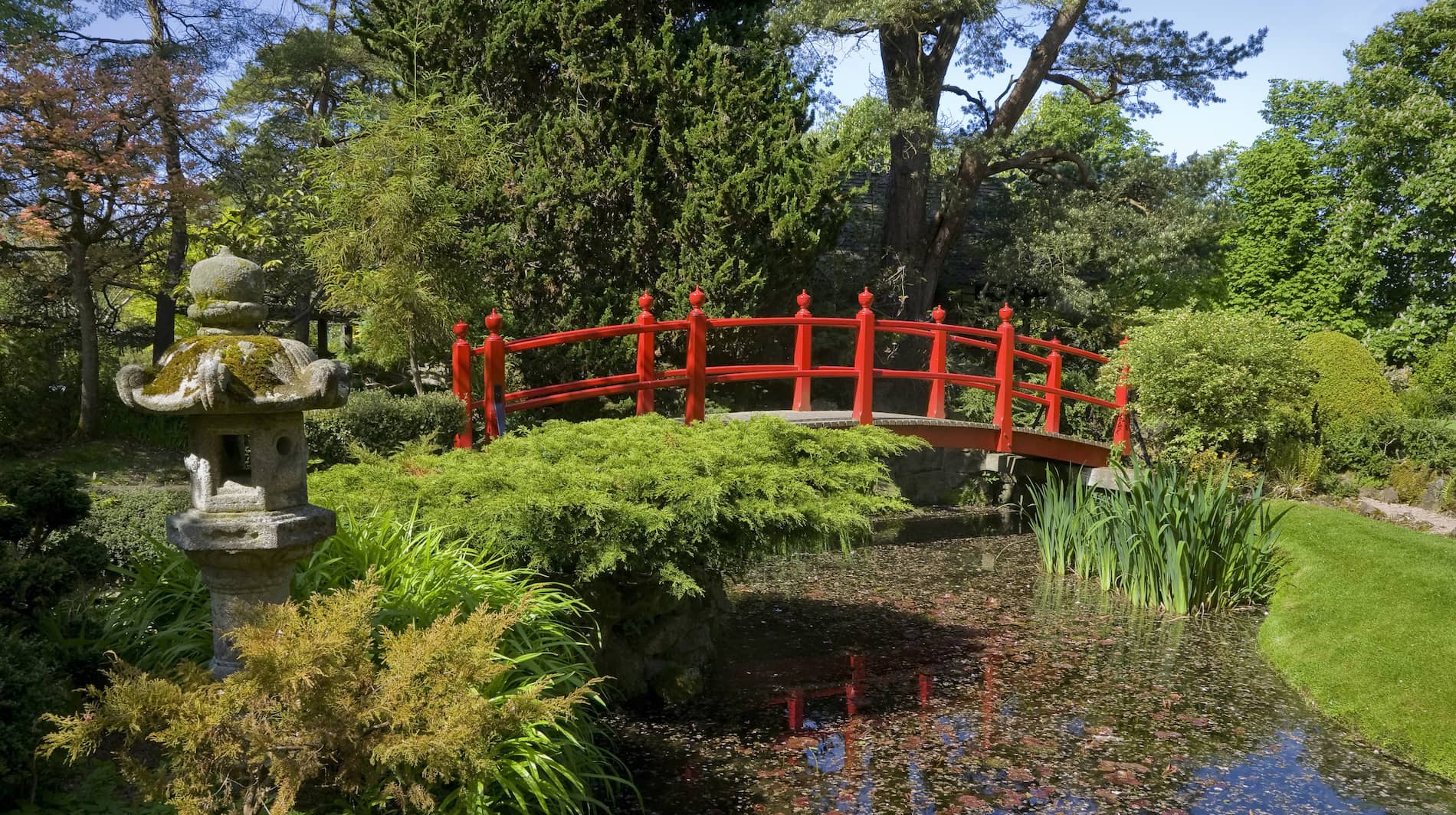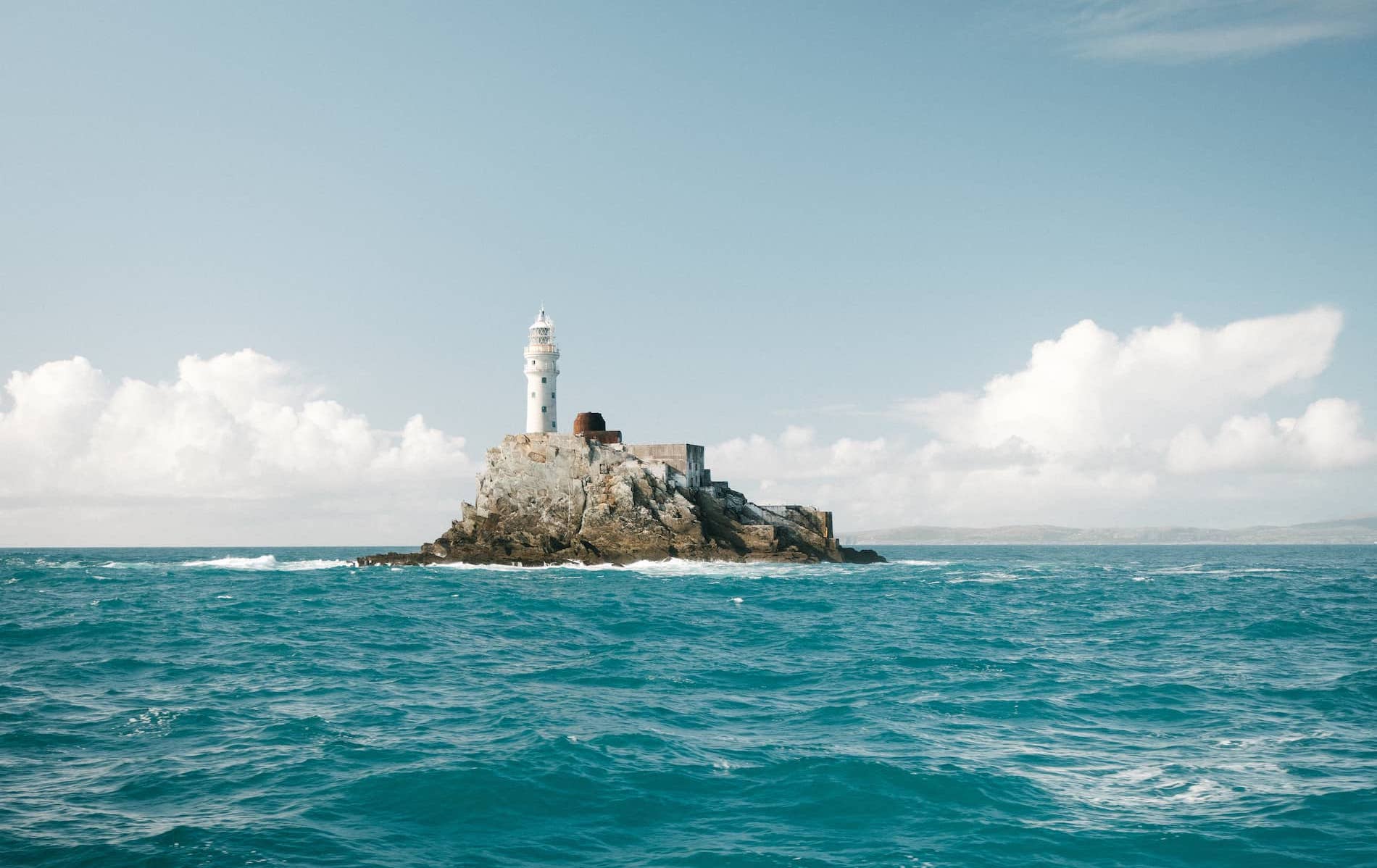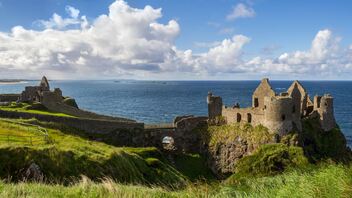
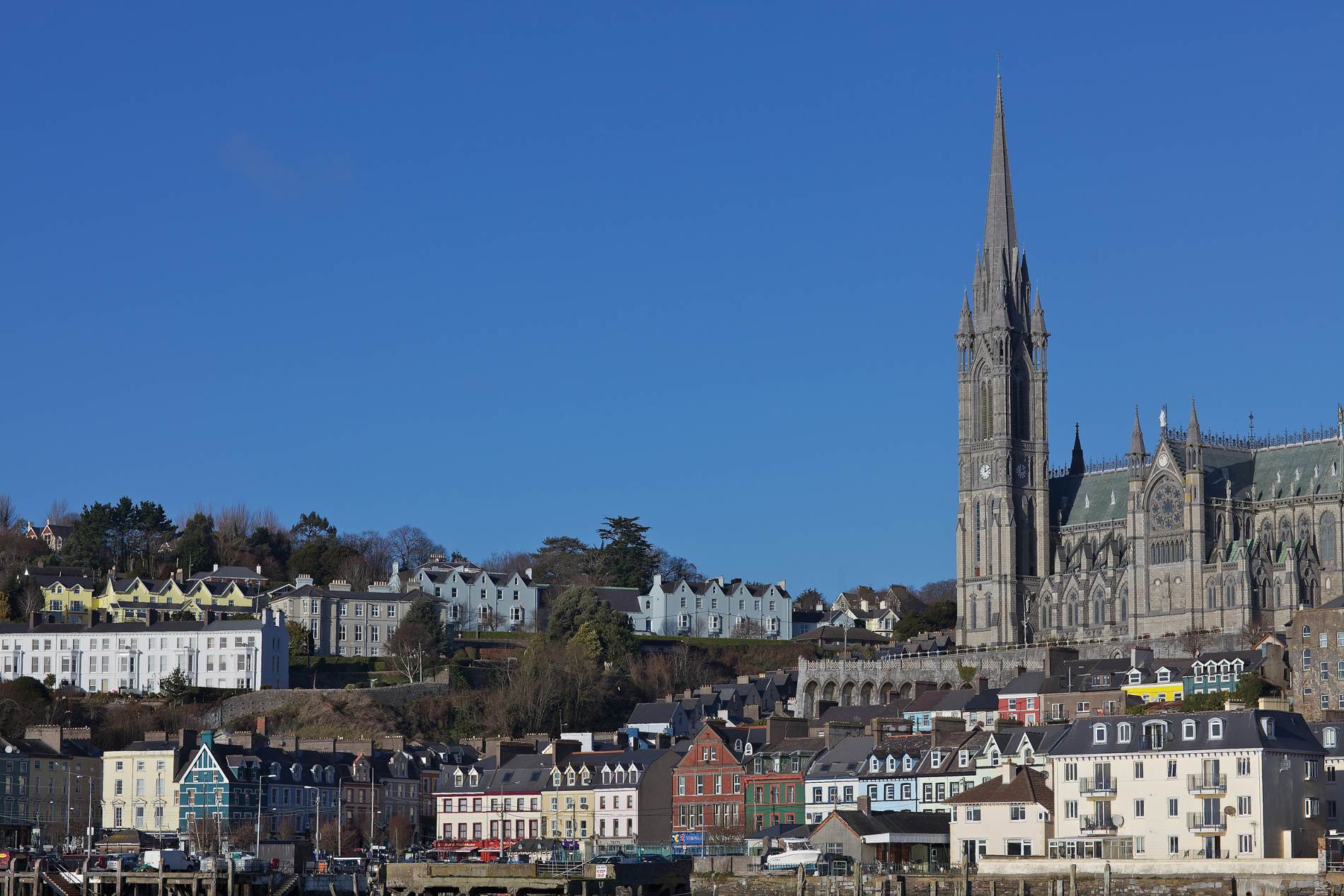
From Cobh to Ellis Island: 5,000 kilometres into history
Crammed and squeezed into a vertical sliver of space in The New York Times, the article headline read: “LANDED ON ELLIS ISLAND: NEW IMMIGRATION BUILDINGS OPENED YESTERDAY.” The poor, the sick, the hopeful and the fearful flooded through the gate of Ellis Island that day.
And as The New York Times told the city, “A rosy-cheeked Irish girl was the first registered”. That girl was Annie Moore.

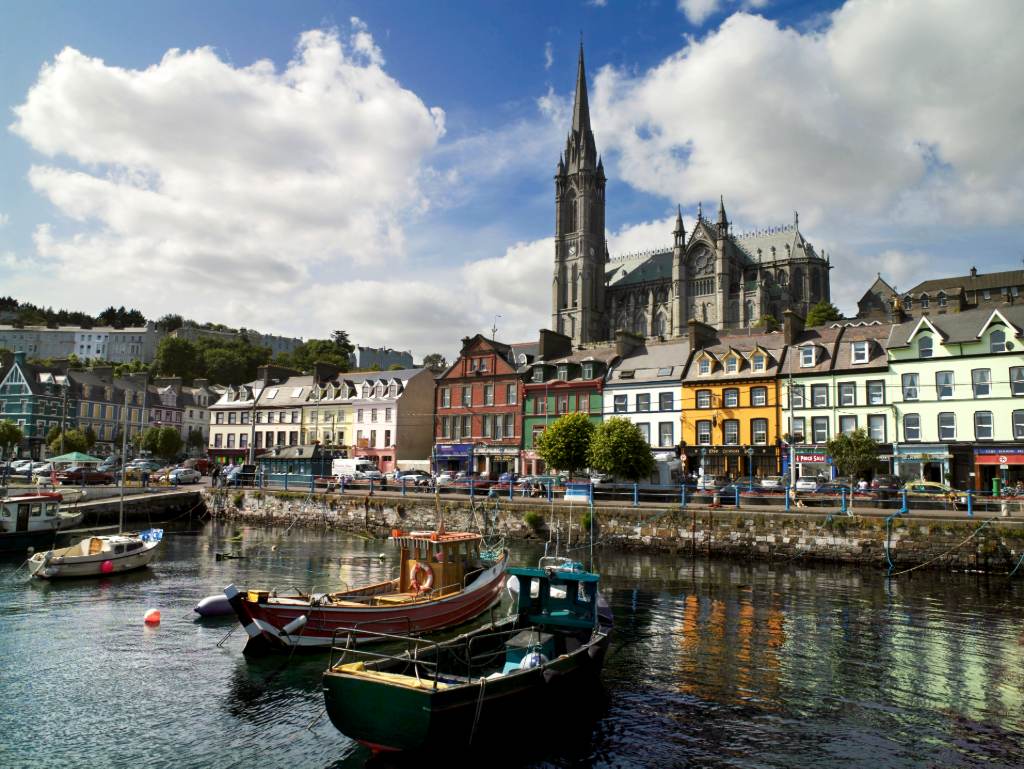
Cobh harbour, County Cork
When Annie Moore left Ireland, Queenstown – now named Cobh – would be her point of departure. Any visitor to Cobh today will, as if pulled by unseen magnets, find themselves drawn to the town’s Victorian promenade, where it’s easy for thoughts to wander.
A mind might drift to Titanic. In 1912, the mighty ship moored out in the open sea just off Cobh, awaiting a final delivery of post and passengers before beginning her fateful Atlantic voyage. Spike Island, a former prison fortress described as “Ireland’s Alcatraz”, broods on the horizon. Today, it may be stripped of its menace, but it still adds spice to the imagination.

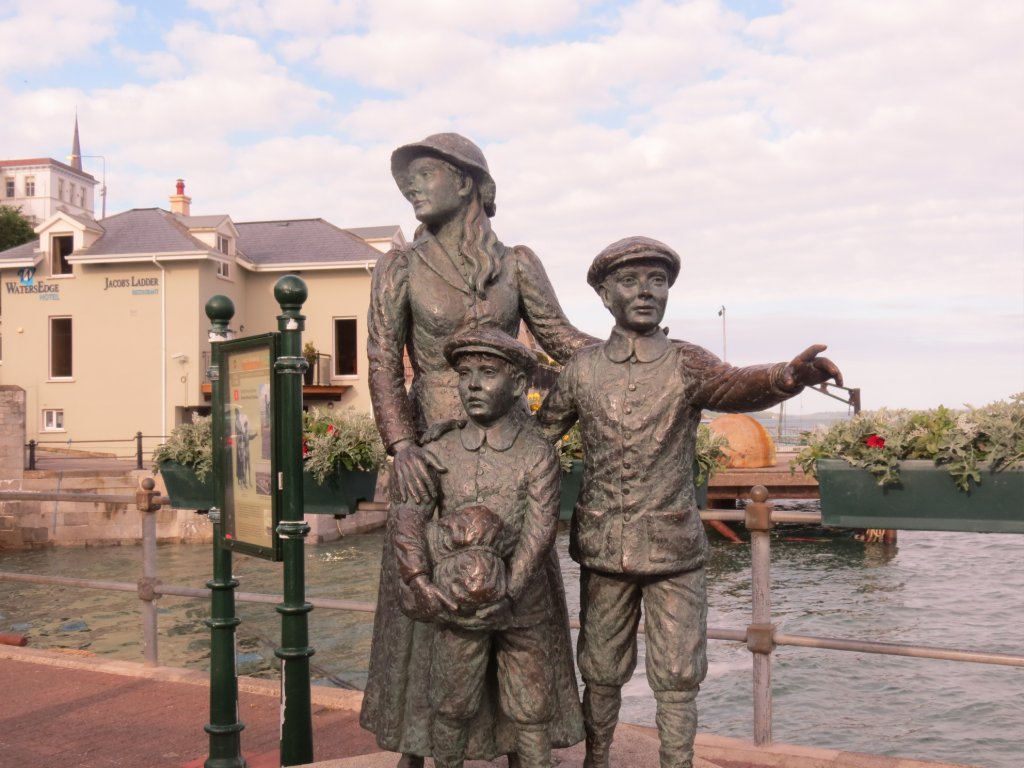
Annie Moore statue, Cobh, County Cork
Along the elegant stretch of promenade stands Annie Moore. Her two brothers bustle about her legs and you instantly imagine them yanking at her dress, asking her unending questions and looking to her for comfort about the journey ahead. Just like her statue at Ellis Island, though, Annie’s face doesn’t begin to hint at nerves.
Was this a teenager beyond her years, or was she simply utterly unconscious of the part she was about to play in the story of Ireland’s emigration?
Scholar and tour guide Dr Michael Martin has, in his own words “expounded the virtues of Cobh's past on the Titanic Trail Guided Walking Tour every day since 1998”. Over that time he has come to empathise with Ireland’s emigrants leaving Cobh, Annie Moore included.
“I am not so sure if she was scared or if she felt other emotions,” he says. “At only 17 years of age and looking after two younger brothers, it must have been an exciting and perhaps exhilarating experience. If one had never been on a transatlantic voyage there would be no idea what was in store.”

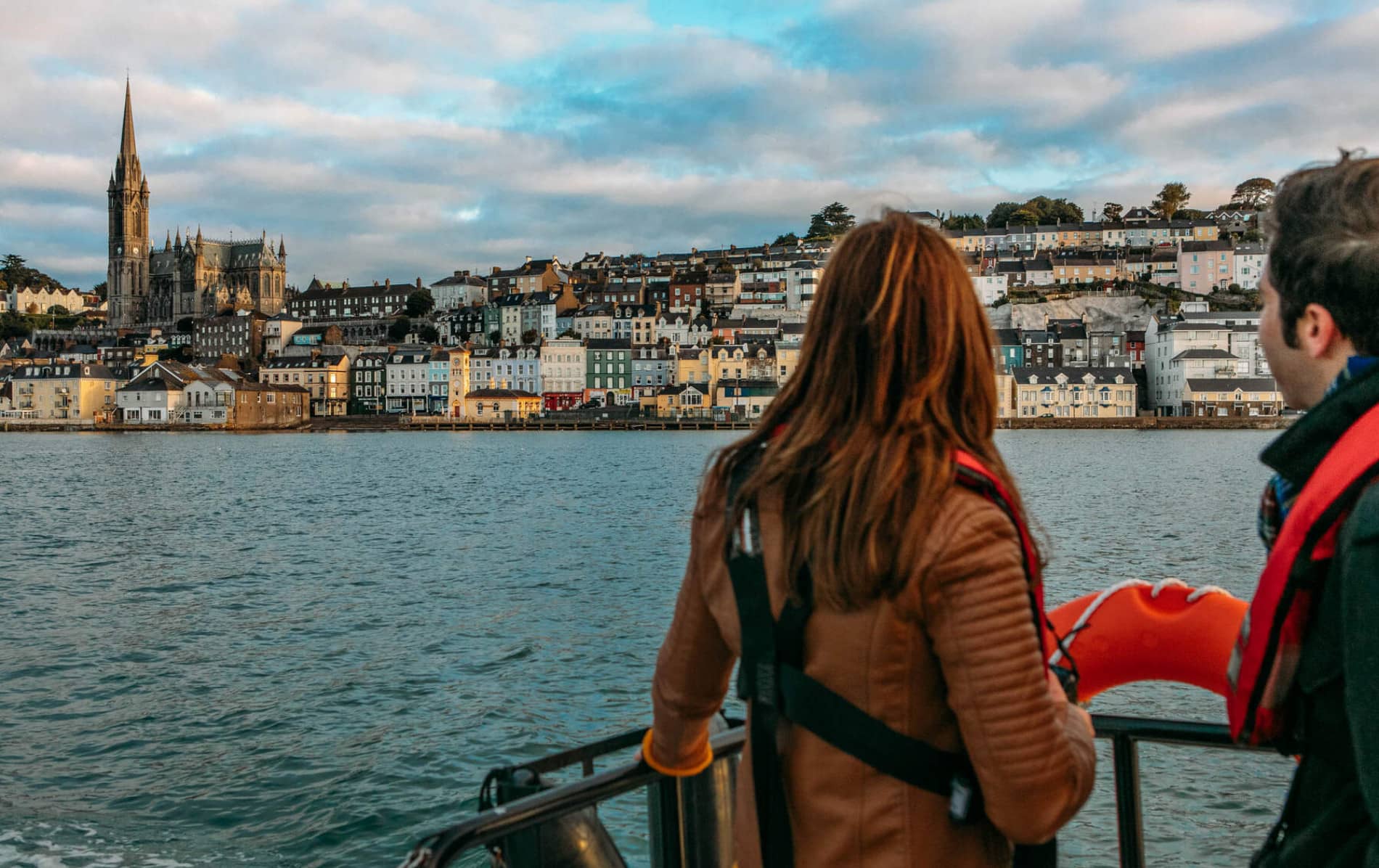
Cobh, County Cork
At the time, of course, Annie could have no way of knowing the part she would play in not only Ireland’s, but America’s history.
“For me,” continues Dr Martin, “the story of Annie Moore typifies the trials and tribulations of 19th century Irish family emigration. The decision to leave home, the initial separation of the family across the Atlantic divide, the psychological and physical distance people had to travel before then confronting a new situation and new culture in order to avail of new opportunities. Whenever I see her statue, this is what comes to mind.”
Annie Moore’s journey in life ended when she died of heart failure on 6 December 1924. Today, over 5,000km separates Annie’s grave in Queens from her statue on the Cobh prom. That’s a long way to go for a place in history.
If you want to know more about your Ireland Family History, we'd love to hear from you. Check out our Facebook page for info, tips and stories.







